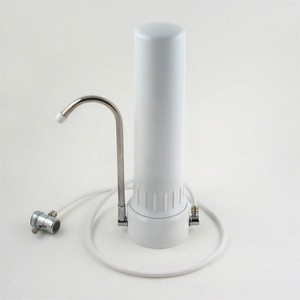NSF International’s Comprehensive CCS-11804 Protocol Is Established for Swimming Spas, Hot Tubs, and Related Equipment
NSF International, an independent global organization that establishes standards, tests and certifies products for the water, food and consumer goods industries, has developed the first comprehensive protocol that evaluates the performance, health and safety of every component of a swim spa.
The new protocol, CCS-11804, includes testing and evaluation criteria in these areas:
- Performance testing – evaluates the durability, strength and chemical resistance of the spa shell and other components.
- Material evaluation – verifies that water contact materials meet regulations for corrosion resistance, toxicological health and safety and do not leach harmful contaminants into the swim spa water.
- Accessibility and safety features – tests the effectiveness of safety features such as floor and step slip resistance, step dimensions, depth markings, handholds and railings.
- Filtration and water chemistry – ensures the chemical treatment, water skimming and particulate filtration systems perform at a high level and effectively filter contaminants.
- Suction fittings and systems testing – tests the entire swim current or exercise system for entrapment safety. This includes verifying that suction vacuum release systems and suction fittings are compliant with ANSI/APSP 16 (formerly known as ASME/ANSI A112.19.8), as mandated by the Virginia Graeme Baker Pool and Spa Safety Act.
Master Spas’ Michael Phelps Signature Swim Spas are the first to earn certification to the new protocol.
![120918_masterspaPR[1]](http://purewatergazette.net/blog/wp-content/uploads/2012/09/120918_masterspaPR1.jpg)
Pure Water Gazette staff members lounge in the new NSF-certified spa located on the roof of the Gazette’s penthouse facility in Denton, TX.
NSF’s Press Release with More Information about Spa Certification.




![Russell_train[1]](http://purewatergazette.net/blog/wp-content/uploads/2012/09/Russell_train1.gif)
![algae[1]](http://purewatergazette.net/blog/wp-content/uploads/2012/09/algae1.jpeg)
![11559417-standard[1]](http://purewatergazette.net/blog/wp-content/uploads/2012/09/11559417-standard1-300x198.jpg)



